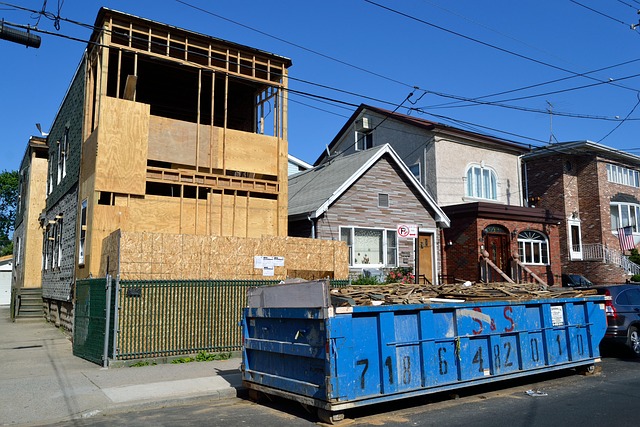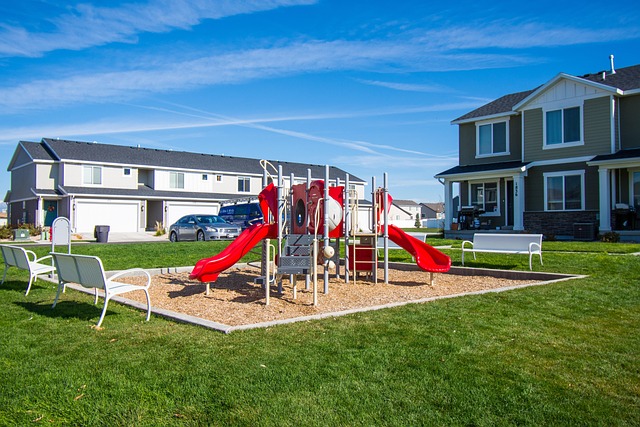In real estate, managing balance costs is vital for investors and developers aiming to maximize returns, encompassing operational expenditures, maintenance, taxes, insurance, and vacancy fluctuations. Effective planning and budgeting ensure financial stability in a dynamic market. Understanding market demand through analysis of trends, demographics, and economic indicators helps set realistic timelines and inform strategic decisions about project timing and pricing. Developers must balance costs and meet consumer demands through innovative construction techniques, sustainable materials, supplier negotiations, technology adoption, flexibility, diverse property types, smart home features, and strong industry relationships for efficient market demand management.
In the dynamic landscape of real estate, balancing costs, timelines, and market demand is a delicate art. This comprehensive guide explores the intricate interplay between these factors, offering insights into understanding balance costs, assessing market dynamics, and implementing strategies for optimal efficiency. From evaluating project timelines to gauging demand, discover how to navigate the real estate market with precision and profitability.
Understanding Balance Costs in Real Estate: A Comprehensive Overview

In real estate, balance costs encompass a comprehensive set of expenses that go beyond initial acquisition and construction costs. These include ongoing operational expenditures, maintenance fees, property taxes, insurance, and potential vacancy or rental income fluctuations. Effectively managing these costs is paramount for investors and developers aiming to maximize returns. By meticulously planning and budgeting, professionals can ensure financial stability and competitiveness in a dynamic market.
Real Estate professionals must also consider the intricate relationship between balance costs, timelines, and market demand. Timely project completion is crucial to capitalize on favorable market conditions. However, delays or unexpected cost overruns can significantly impact profitability. Staying agile, adaptable, and responsive to shifting market demands—be it changes in consumer preferences, regulatory landscapes, or economic trends—is essential for navigating these complexities successfully.
Assessing Market Demand and Its Impact on Timelines

In the dynamic realm of real estate, understanding market demand is paramount for managing costs and timelines effectively. Assessing the current and projected need for properties provides a clear direction for developers and investors. By gauging market trends, demographics, and economic indicators, professionals can anticipate supply-demand imbalances, allowing them to make informed decisions regarding project timing and pricing strategies.
This demand analysis plays a pivotal role in setting realistic timelines. For instance, high market demand may expedite construction schedules as there is a greater urgency to deliver properties to satisfied buyers. Conversely, weak demand could result in more flexible timelines, offering opportunities for cost optimization through strategic adjustments.
Strategies for Optimizing Costs and Meeting Market Demands

In the competitive real estate market, balancing costs and meeting demands require strategic maneuvers. Developers can optimize expenses by employing innovative construction techniques, utilizing sustainable materials, and negotiating contracts with suppliers and labor providers. Streamlining operations and adopting technology for project management can also significantly reduce overheads.
To cater to market demands, flexibility is key. This involves staying attuned to trends, understanding consumer preferences, and adapting designs accordingly. Diversifying property types, offering mixed-use developments, or incorporating smart home features are strategies that appeal to a broader audience. Effective marketing and strong relationships with industry stakeholders ensure timely sales and rent collection, thereby managing market demands efficiently.






